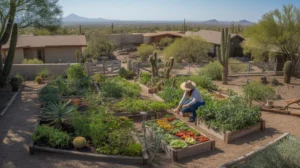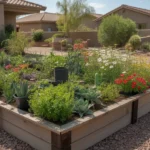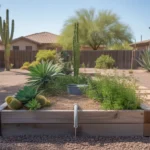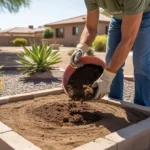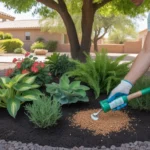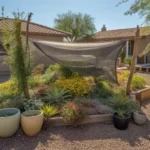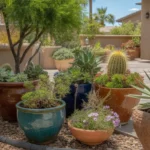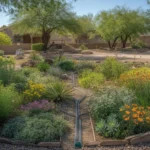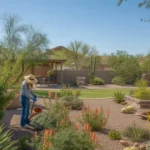Gardening in the Southeast Valley of Arizona presents unique challenges and opportunities with its distinct seasonal changes. By understanding the nuances of each season and adapting your gardening strategies accordingly, you can cultivate a thriving and bountiful garden year-round. This comprehensive guide will walk you through the essential tips and techniques for mastering seasonal gardening in the Southeast Valley, ensuring your green thumb stays vibrant from spring to winter.
Embracing the Rhythms of Spring
As the mild winter gives way to warmer temperatures, spring breathes new life into Southeast Valley gardens. This is the perfect time to prepare your garden beds, amend the soil, and start planting your favorite spring crops. Some top choices for spring planting in the region include tomatoes, peppers, squash, and melons.
One local expert recommends starting seeds indoors in late February or early March to get a head start on the growing season. Once the risk of frost has passed, usually by mid-March, you can safely transplant your seedlings outdoors. Be sure to harden off your plants gradually by exposing them to increasing amounts of sunlight and wind over a week or two before planting.
As the weather warms up, keep a close eye on soil moisture levels and adjust your watering schedule accordingly. Spring is also an ideal time to add a layer of organic mulch around your plants to help retain moisture, suppress weeds, and regulate soil temperature.
Thriving in the Summer Heat
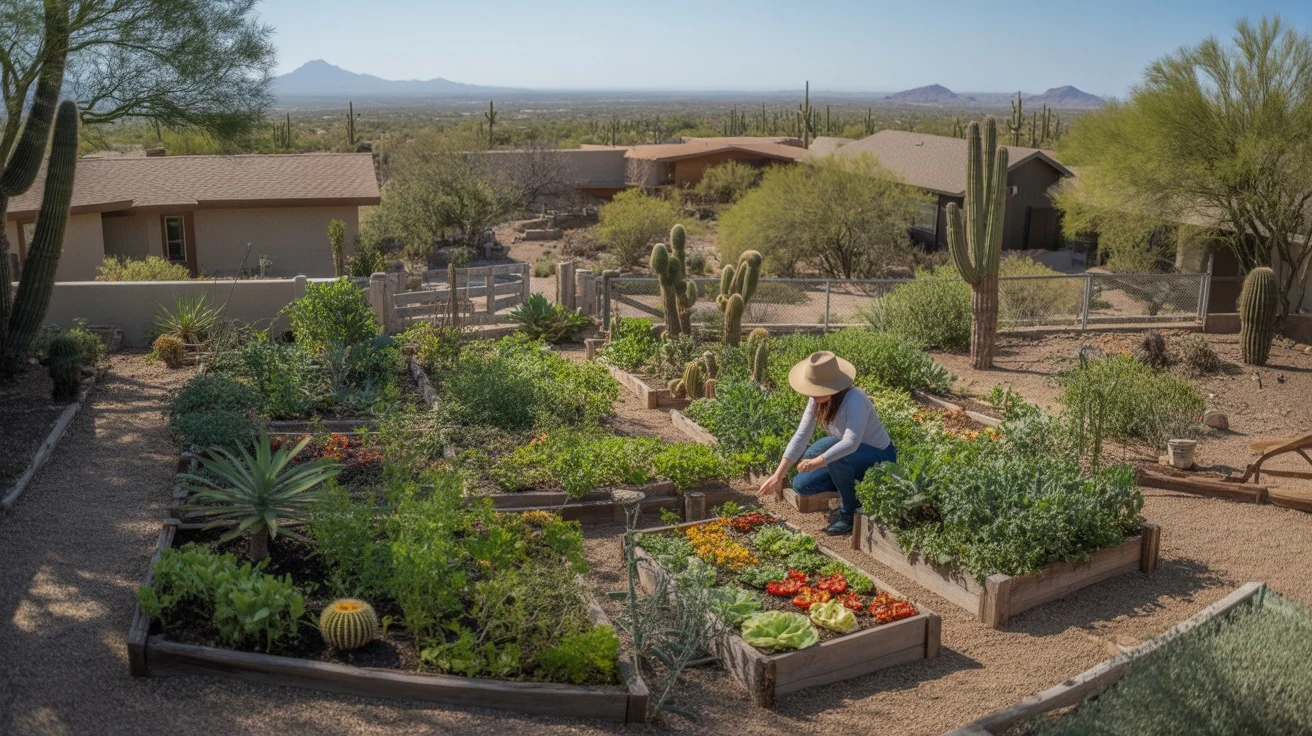
Summers in the Southeast Valley can be intense, with soaring temperatures and minimal rainfall. While this may seem daunting for gardeners, with the right strategies, you can keep your garden thriving even in the peak of summer.
One key to success is choosing heat-tolerant varieties of your favorite crops. Look for plants that are well-adapted to the region, such as okra, black-eyed peas, and Armenian cucumbers. These crops can withstand the scorching sun and still produce an abundant harvest.
Proper watering is crucial during the summer months. Water deeply and less frequently to encourage deep root growth, which helps plants better withstand heat and drought stress. Early morning watering is best, as it allows the foliage to dry off before the heat of the day sets in, minimizing the risk of fungal diseases.
Fall: A Second Spring
As the intense summer heat begins to subside, fall brings a welcome reprieve and a second chance at planting. Many cool-season crops that struggle in the summer heat thrive in the mild fall weather of the Southeast Valley.
Some excellent choices for fall planting include leafy greens like lettuce, spinach, and kale, as well as root vegetables like carrots, beets, and radishes. Brassicas such as broccoli, cauliflower, and Brussels sprouts also perform well in the fall garden.
To ensure a successful fall harvest, timing is key. Start your seeds in late August or early September, either directly in the garden or in seed trays for later transplanting. As the weather cools, be prepared to protect your plants from any unexpected cold snaps by having row covers or frost cloth on hand.
Winterizing Your Garden
While the Southeast Valley rarely experiences severe winter weather, the cooler temperatures and occasional frosts still require some adjustments to your gardening routine. This is a great time to focus on garden maintenance and preparing for the upcoming spring season.
Start by cleaning up any spent plants and debris from your garden beds. This helps prevent pests and diseases from overwintering in your garden. You can also take this opportunity to replenish your soil by adding compost or well-rotted manure, which will break down over the winter and enrich the soil for spring planting.
Winter is also an excellent time to plan for the upcoming growing season. Reflect on what worked well in your garden this year and what you might like to change. Browse seed catalogs and online resources to discover new varieties to try and start mapping out your spring planting schedule.
Year-Round Garden Maintenance
Regardless of the season, there are certain garden maintenance tasks that should be ongoing throughout the year. Regular weeding, for example, is essential to prevent competition for water and nutrients and to keep your garden looking tidy.
Monitoring for pests and diseases is another important year-round task. By catching issues early, you can often prevent them from spreading and causing significant damage to your plants. Where possible, opt for natural and organic control methods to minimize the impact on beneficial insects and the environment.
Finally, don’t forget about the importance of soil health. Regularly incorporating organic matter, such as compost, and using cover crops during fallow periods can help maintain soil structure, fertility, and microbial activity, all of which contribute to healthier, more productive plants.
Connecting with the Local Gardening Community
One of the best ways to master seasonal gardening in the Southeast Valley is to connect with the local gardening community. Join local gardening clubs, attend workshops and seminars, and participate in community garden projects to learn from experienced gardeners in your area.
Many cities in the Southeast Valley, such as Mesa and Gilbert, have active gardening communities with a wealth of knowledge to share. By tapping into this collective wisdom, you can gain valuable insights into the unique challenges and opportunities of gardening in the region and discover tried-and-true strategies for success.
Online resources, such as local gardening forums and social media groups, can also be invaluable for connecting with fellow gardeners, asking questions, and sharing your own experiences. By engaging with the local gardening community, you’ll not only expand your knowledge but also find a supportive network of green thumbs who share your passion for growing.
Mastering seasonal gardening in the Southeast Valley requires a combination of knowledge, adaptability, and a willingness to learn from the local environment and community. By understanding the unique rhythms of each season and implementing the strategies outlined in this guide, you’ll be well on your way to cultivating a thriving, year-round garden that showcases the best of what the region has to offer. So roll up your sleeves, get your hands dirty, and enjoy the rewarding journey of becoming a Southeast Valley gardening pro!

